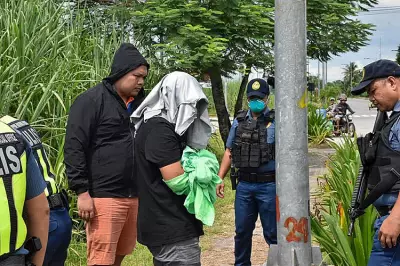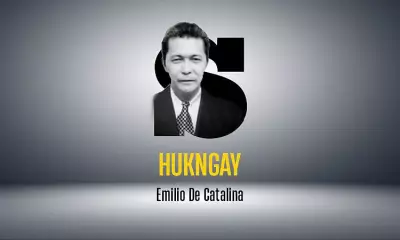
What happens when devotion becomes dangerous? Cebu City is grappling with this very question as massive religious gatherings transform into potential death traps, putting thousands of faithful at risk every week.
The Sunday Crisis
Every Sunday, major religious venues across Cebu become epicenters of chaos. The Basilica Minore del Santo Niño and other popular churches witness human tidal waves that overwhelm local infrastructure and emergency services.
"We're sitting on a ticking time bomb," warns Cebu City Councilor Joel Garganera, who has been vocal about the imminent dangers. "One spark, one sudden panic, and we could have a tragedy worse than any natural disaster."
Invisible Threats in Holy Places
The risks extend far beyond what meets the eye:
- Stampede scenarios: Overcapacity crowds with no clear emergency exits
- Medical emergencies: Elderly and children trapped in crushing crowds
- Traffic gridlock: Ambulances and fire trucks unable to reach emergencies
- Structural dangers: Buildings supporting weights far beyond safety limits
A City Held Hostage
The ripple effects paralyze entire neighborhoods. Residents report being unable to leave their homes for hours. Local businesses suffer as customers avoid the area. Even emergency responders confess their helplessness when called to incidents near these religious sites.
"Last Sunday, it took me three hours to travel two kilometers," shares Maria Santos, a frustrated resident. "My daughter had fever, and we were trapped in our own neighborhood."
The Search for Solutions
City officials are exploring multiple strategies to prevent disaster:
- Implementing crowd control measures with professional security teams
- Creating satellite venues for overflow congregations
- Developing emergency response protocols specific to religious events
- Coordinating with religious leaders on staggered schedules
Faith vs. Safety: Finding Balance
The challenge lies in respecting religious freedom while ensuring public safety. As Garganera emphasizes, "This isn't about limiting faith—it's about preventing funerals."
The situation serves as a wake-up call for cities across the Philippines where religious fervor regularly tests the limits of public safety infrastructure. The question remains: how many near-misses will it take before real change happens?





